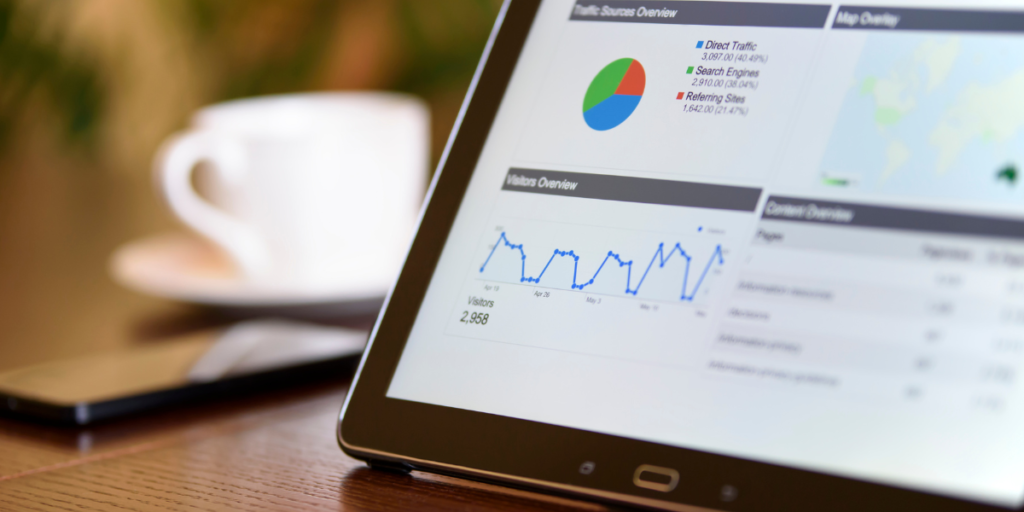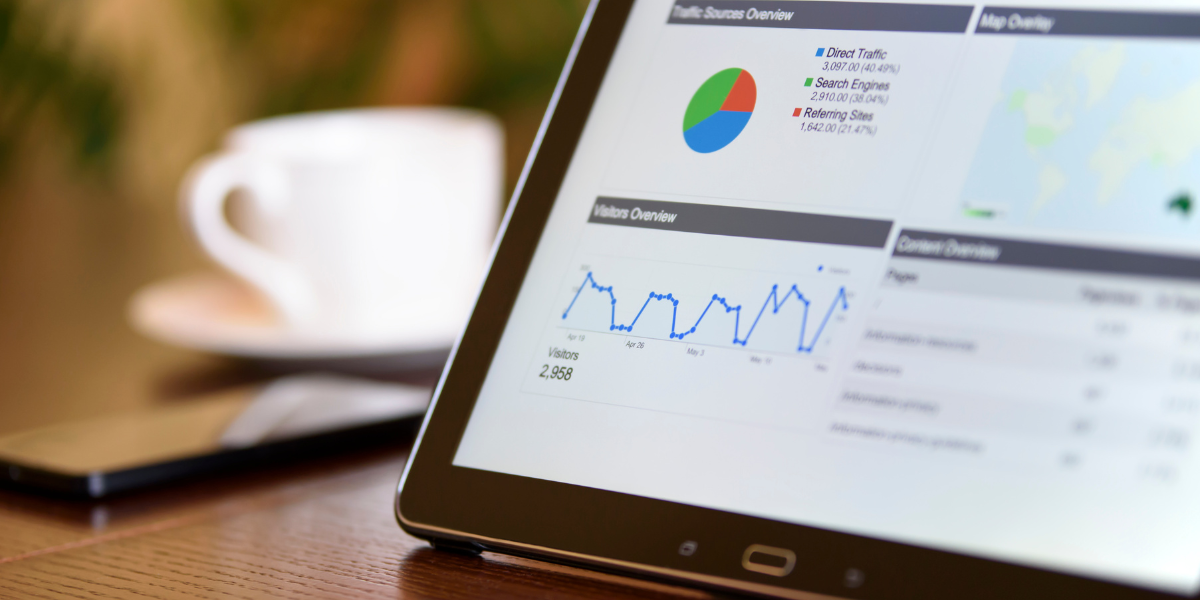In the digital-first era, organizations need to get insights into website visitors’ behavior in order to remain competitive. With the power of website analytics, organizations are able to accumulate data that captures a comprehensive insight into user actions, enabling data-driven decisions. This blog touches on how companies can leverage website analytics to drive customer experiences, enhance marketing efficiency, boost conversion rates, and eventually drive growth.

What is Website Analytics?
Website analytics is the measurement, collection, and analysis of data about how visitors use a website. Website analytics gives businesses a better understanding of user behavior, traffic sources, and site performance. Google Analytics, Adobe Analytics, and similar tools enable organizations to monitor page views, bounce rates, conversion rates, and other metrics.
1. Better Customer Understanding
The most significant and first benefit of website analytics is being able to understand your audience better. By monitoring where visitors are coming from (geographically and through traffic sources such as search engines or social media), companies can make their content and offerings more suitable for their audience’s needs.
Key Data to Look For:
Demographics: Data like age, gender, and interests enable companies to better target their audience.
Behavior Flow: This illustrates how users are flowing through the site, indicating which pages they visit most and where they leave.
By seeing these behaviors, companies can build better customer profiles and design targeted campaigns that engage their audience.
2. Improving User Experience (UX)
Analytics can further assist companies in improving the user experience of their website. Steeper bounce rates or lower conversion rates generally signal users are experiencing friction as they attempt to navigate the site. By seeing where and how visitors are transitioning through the site, and where they are dropping off, companies can identify areas of usability and enhance overall design.
Data to Watch For
Bounce Rate: The percent of visitors that exit the website after looking at only one page. A big bounce rate could indicate that your landing page lacks appeal or your visitors are not able to discover what they need.
Average Session Duration: Larger sessions generally reveal that users are interacting more deeply with the website, while reduced sessions could infer confusion or aggravation.
Exit Pages: These are the pages on which users exit the site. These may indicate areas of content or functionality that require improvement.
By resolving these pain points, companies can build more efficient and compelling experiences that enhance retention and user satisfaction.
3. Improved Marketing Strategies
Analytics data offers a clear view of how well your marketing efforts are performing. Whether you’re running paid ads, social media campaigns, or email marketing, website analytics can show which channels drive the most traffic, conversions, or engagement.
Key Data to Look For:
Traffic Sources: See if your users are coming to you from organic search, advertising, social sites, email newsletters, or recommendations. This insight allows you to spend more money on top performers and trim or modify weaker channels.
Conversion Rate: This measures how many visitors take a desired action, such as making a purchase or filling out a contact form. A low conversion rate suggests that there may be barriers in your sales funnel or that your marketing message isn’t resonating with your audience.
By tracking these metrics, businesses can optimize their marketing budget and strategies, making sure they get the best return on investment.
4. Increased Conversion Rates
Conversions are the end-game for most websites, be it sales, form fills, or downloads. Site analytics allows businesses to see areas of the conversion funnel where traffic might be leaking off. With this, businesses can test change and optimize for continuous improvement of conversion rates.
Key Data to Look For:
Landing Page Performance: From examining which landing pages convert more, businesses are able to know what elements prove most attractive to their audience.
A/B Testing: Analytics software enables companies to perform A/B tests for comparing different variations of landing pages, calls-to-action (CTAs), or designs to determine which one converts better.
Optimizing these elements using analytics can translate into increased sales and more efficient lead generation.
5. Data-Driven Decision Making
Maybe the single most significant advantage of website analytics is making decisions based on data. Without accurate data, business choices are reliant on guesswork or intuition. Analytics eliminates the doubt, delivering firm numbers that inform strategy.
Key Data to Look For
Revenue Tracking: For online businesses, it is important to track revenue that is coming in from various channels and campaigns. You can see how different marketing strategies are resulting in real sales and change course accordingly.
Goal Tracking: Define specific goals (such as filling out a contact form or subscribing to a newsletter) and monitor the movement of these goals via analytics. This keeps efforts focused on business goals.
By basing their decisions on information and not assumptions, companies can make more informed decisions that translate into quantifiable success.
6. Competitive Advantage
In a crowded market, gaining a competitive edge is essential. Website analytics can provide valuable insights into how your site performs relative to your competitors. By monitoring key metrics such as traffic, engagement, and conversion rates, businesses can benchmark their performance and identify areas where they have an advantage or need improvement.
Key Data to Look For:
Competitor Analysis: Certain analytics tools provide competitor tracking, where companies can track their performance in comparison to their competitors in their respective industries.
Market Trends: Analytics can be used by businesses to determine changes in user trends, enabling them to change accordingly before their competitors.By anticipating trends and learning how your business is performing relative to others, you can more effectively position your company in the marketplace.
Conclusion
Web analytics provides companies with the capacity to collect actionable data, maximize their online presence, and foster growth. Through examining user behavior, enhancing UX, streamlining marketing strategies, enhancing conversions, and making informed decisions, companies can be sure to stay competitive in the constantly changing digital environment.
Embracing website analytics may at first seem daunting, but when companies realize the full value of the data, the payoff in terms of productivity, expansion, and customer satisfaction is immense. The moment to begin harnessing analytics for your website is today.



